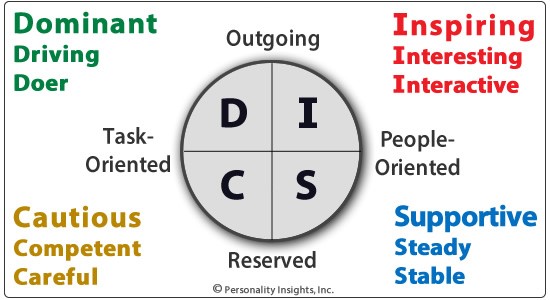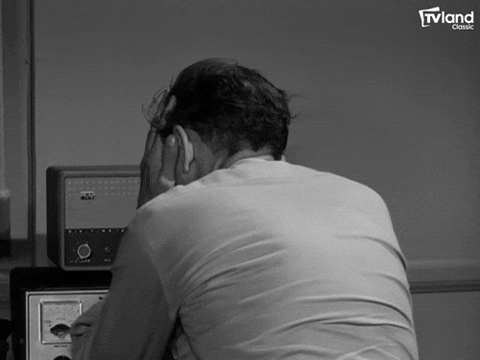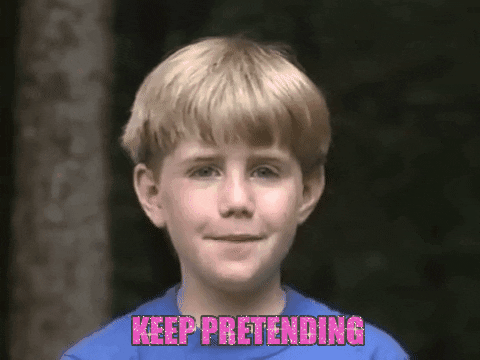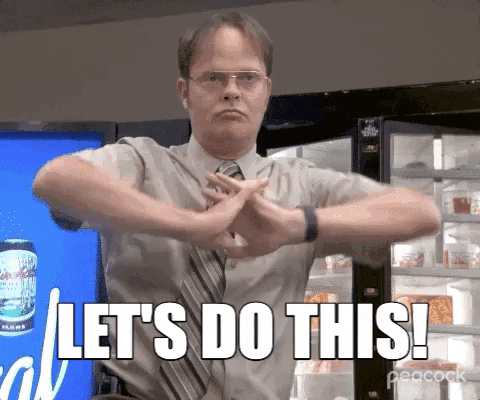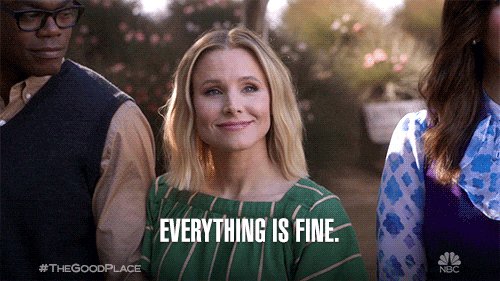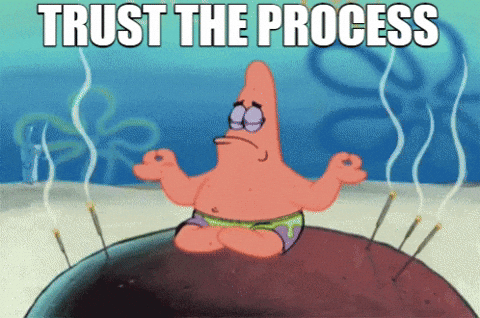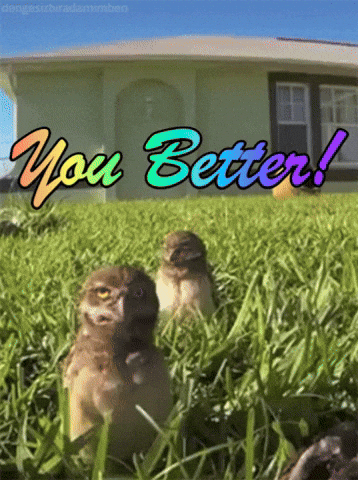So many people in the business world are trying to close sales, and an equal amount of people are tweeting and posting about how to do it. After all, that is the ultimate goal in business; close more sales, do more deals, and gain more revenue.
I consider myself to be the Guru of closing more sales. I don’t care if you’ve got a small or big team: I’ll help you close more sales. I have been doing it for more than 20 years, so hear me out.
Build professional relationships from the get-go
Closing sales will not happen if you only focus on answering objections and following up. What I find to be a successful tactic and what I have been teaching CEOs and managers how to do is look at the professional side of building relationships.
There are a lot of techniques that will help you get to 6, 7, or 8 figures sales. However, none of them will work if you don’t build your foundation:
- Speaking people’s language.
- Meeting them where they are.
- Reaching out positively.
The DISC method is the tool that can help you tremendously in that segment. However, it can help only if used for good.
That is a principle I emphasize whenever I speak in any organization and one code I will not give up on. Understanding DISC lets you understand yourself first and then understand others. So, a devil might appear on your shoulder, pushing you to use that knowledge to manipulate others into making a deal with you. However, it is crucial to shut the devil up and use the DISC tool to predict the reactions of others so that you can adapt your behavior and close that sale. This way, you will build a long-term relationship, and this sale will only be the first of many.
Hunters vs. gatherers
Hunters and gatherers are found not only in agriculture but also in the sales industry.
Hunters are salespeople who go out there to make a kill; they want to close the sale fast and are always looking for fresh meat. These salespeople don’t mind doing a lot of cold calling, being in people’s faces, and always looking for the next business to contact. They want to go out, make their presentation, offer a price, and sign a deal. So obviously, there is no business relationship in this scenario.

Gatherers or farmers are on the other side of the spectrum and all about the relationship. When they are trying to close a sale, they maintain a high level of rapport with a person and a high level of enthusiasm and awareness. They make a sale by always being present and providing value to customers. Once customers need something, they will come to a gatherer knowing they have always been there. They have provided an image of an expert.

The most important thing to know is both styles can be successful salespeople. But job benchmarking is crucial, and different styles take different roles.
Typically, suppose you talk about a hunter salesperson. In that case, you want to lean more towards a D or a C personality style. They are based in the world of facts, and that’s what a hunter needs to be successful.
A farmer will be thinking about how an action will affect them and their employees, so you should look for a high I or a high S. They live in a world of relationships where they can be fully people-oriented.
There is a way for anyone to act in these roles. You can learn more about how to adapt to the other style here.
How to pick the right job in Sales?
When you’re looking for a job in sales, and you’re a D or C, you don’t want to be on the other side of the equation, the farmer row.
I know you are not interested in the private life of your potential customers, nor do you really want to know how they feel on a particular day. You want facts, percentages, and data. Dealing with people who want to exchange pleasantries is easier for Is and Ss. By the time they reach a sales deal, they’ve already established a relationship. And they’re sharing information, just like they would with a friend. As opposed to: it’s a potential client. And it makes it easier for them.
How to pick the right person for the job in Sales?
If you are in charge of a sales team, before thinking about a sales process, consider: how quickly do I want to close a sale? Do you prefer your salespeople to get in and get out, or do you choose them to develop a relationship?

Ds and Ss are task-oriented folks, so they will treat a sale as a task. Checking the boxes and doing a lot of work drives them. So if you’ve got a quick turnaround and a shorter sales cycle, Ds and Ss will be perfect for you.
Is and Cs will take their time to develop a relationship with a client and have a good time. The more they get to know the client, the better they feel about their product and prospect and will be able to close the sale, but not as fast as Ds and Ss.
Be careful if you try to put a high I or a high C in a hunter role and cut down their time with a client. What this will bring out in them is a sense of inadequacy. If they just met someone and they need to make a pitch and sell something, Is and Cs will feel fake, and unnatural and will have a lot of difficulties while presenting your product or service.
Do you know who is your target audience?
As in many other aspects of business, the target is essential when making a sale. I’m not talking about an industry here; I’m talking about knowing who is the decision-maker in a company that you want to close a deal with.
Who are they? What are they like? What motivates them, and what makes them make a decision the way they do? If you can tap into that knowledge and understand that human behavior has a pattern, you will close a sale.
People buy from people (they trust)
You must have heard that saying that people buy from people. And the one that people buy from people who they trust.
Trust is established differently on different sides of the circle. Knowing who you are selling to is key to closing a sale. Here are some examples.
Is and Ss have to like you before they trust you.
Is are people-oriented, and they like to have fun. So, they work best with people they feel are relatable, engaging, with a good sense of humor, and with comfortable people. Once you’ve made them feel comfortable and smile, that automatically links them to the following: this person is representing a company, and they must share the same core values. I know they will take care of me because they are concerned about me. As a customer, the rule for Is is: I like this person and want to do business with them.
Ss need time to relate to a person and get the trust going. Quick sales are not for them, as they will feel pressured to make a decision, and they don’t like to do that fast. Ss need time to process, and they might even need a salesperson to come back for a couple of meetings. What they really dislike are changes. So, if you are trying to introduce something new, they will think about its effect on them and their people. So, for selling to Ss, the rule is to give them time to get to know you and your idea, let them know the next steps and what will happen, and the sale is yours.
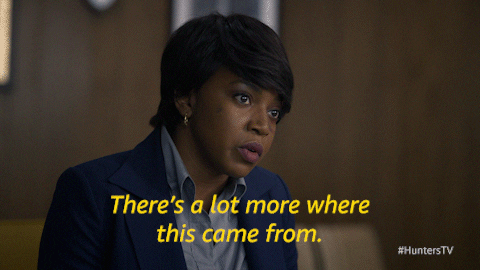
We find our Ds and Cs on the other side of the spectrum. They have to trust you before they like you, and if they don’t trust you, you will never make a sale.
How do you create that trust? Give them facts and data; they want to see that evidence. Unlike when trying to sell to an I, you are history if you start telling jokes to a D or a C. If you don’t talk business, they will see you as a fake.
When selling to a D, you need to tell them what your product or service will do for them in terms of percentages. What’s it going to do for their organization? Is it going to improve something in their life again if you’re going b2c? Or is it going to prove something in an organization if you’re going b2b? You get the point.
A high C as a customer will want to know why they should buy it, does it makes sense to them? Is it going to have a logical progression if they start where they are right now and add your product? What is it going to look like? You can convince Cs as long as you give them the facts and that logical progression. The glass is always half empty for them, so you need to fill it up with logic.

The story is the key
Regardless of who you are selling to, you need to be able to tell stories, and they are the key. If you can tell a story about your product or service, or experiences you’ve had, you can touch both sides of the graph.
In D and C customer situations, you must address stories about the data, the process, and the logic of something that happens. Whereas for the other side of the circle, the Is and Ss, you got to stir emotions and really tell a story about people and something about your product or service that impacted someone and made a positive change.
Remember: you need to know yourself and others to make a sale. When you know how to recognize a different personality style (and you can learn all about that here), you will be able to communicate without difficulties.
Even if you are in sales right now, reflect on who you like to sell to. And how do you want to do it: are you a hunter or a farmer? Connect the two, and the sale is yours.

